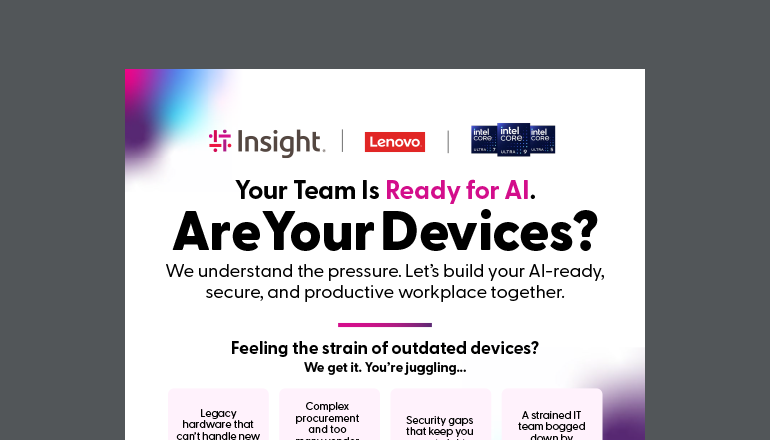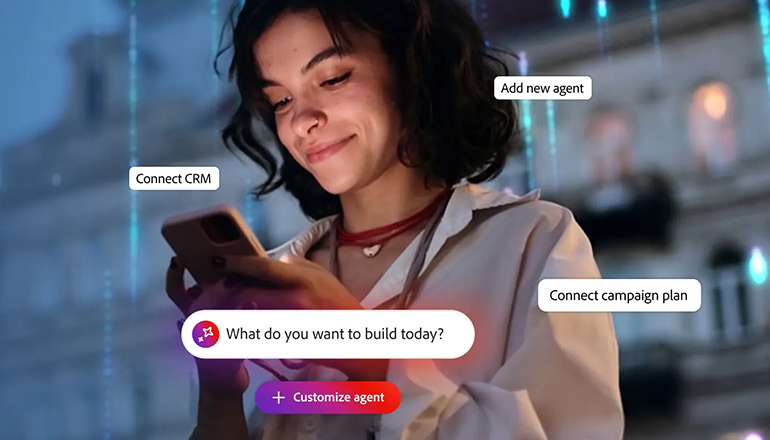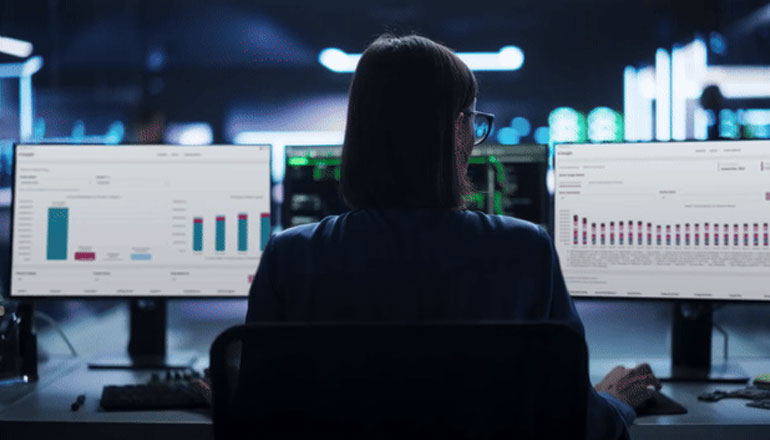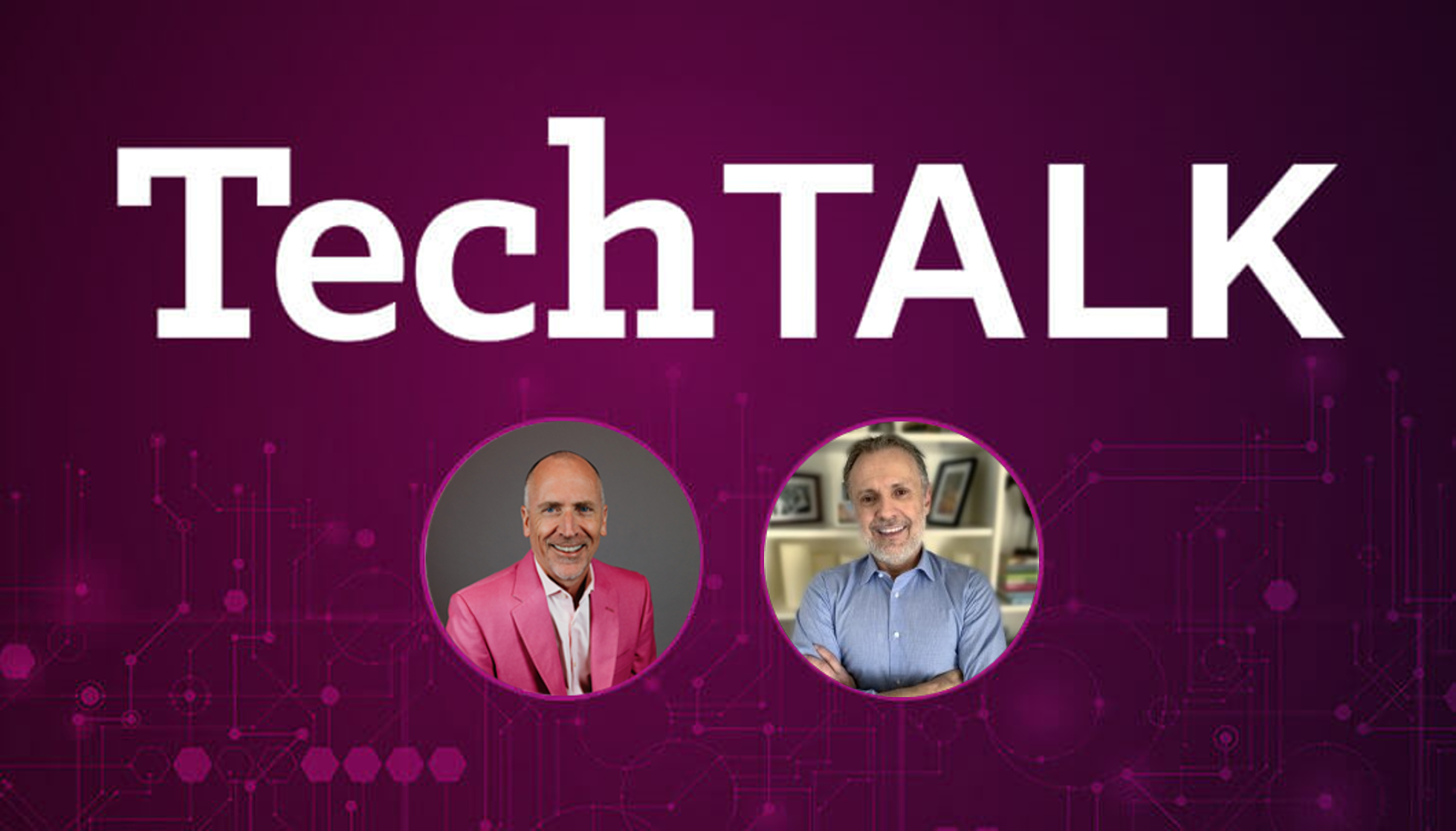Blog
Five Ways to Create a More Secure
Workplace Environment
By John Dathan / 28 May 2021 / Topics: Hybrid workforce

In the past year, a lot of companies have turned to a remote work solution due to the pandemic. There’s been a newfound sense of optimism as there are many benefits of working from the comfort of one’s home. In my own space, I’ve revamped my home office to include an Insight branded look and feel, complete with our company logo on a fuchsia wall which creates a designated place to work, separate from my personal, home environment.
However, there are downsides of remote work, such as the uncertainty of security breaches taking place when you least expect it. Especially since being remote means that everyone is on their own network, server, workstation, laptop, mobile device... you name it.
In the current threat landscape, threat actors are continuously striving to evolve in order to successfully hack into your organization or client’s data. This will always be a cause for concern. That’s nothing new, but COVID-19 has raised the stakes even higher for security professionals to dive in and analyze these issues. Security projects that were once on the back of everyone’s mind pre-COVID need to be shifted higher up on the chain of projects in order to stop attackers before it’s too late.
At home, personal devices and networks are vulnerable and often lack the increased security protection of corporate-issued endpoints. Additionally, the rapid shift to new cloud services has increased the risk of configuration errors, which are considered the top threat to cloud security.
Whether your organization is back in the office or remote, every organization should ensure these five defensive measures to help IT teams minimize the risk of cyberattacks:
1. Conduct A Risk Assessment
Assessing an organization’s security risk can be a crucial element of an effective enterprise security strategy. This procedure also prevents an attack from happening in the first place or at least minimize the risk. These can be performed either internally or with the help of an external vendor. The process varies as no two-risk assessments look alike but is comparable to a security maintenance check, spanning hardware devices, applications, network connections, user authentication systems, data classification and storage and other IT components and policies. Once conducted, one can identify any assets, detect vulnerabilities, threats and calculate the proper cost to fix the higher prioritized items on the list — similar to selecting and prioritizing what to fix on one’s car at the mechanic or auto shop.
2. Evaluate Your Network Architecture And Management
Organizations are now searching for a broader set of protection that not only improves security but simplifies network architecture management and upkeep.
Uncovering and blocking a broad spectrum of malicious domains, IPs, URLs, and files that are being used in attacks can be resolved through solutions like Cisco Umbrella. Built into the foundation of the internet, this solution identifies new attacks being staged on the internet. With integrated security from the cloud, Umbrella unifies firewall, secure web gateway, DNS-layer security, cloud access security broker (CASB), Remote Browser Isolation (RBI), Data Loss Prevention (DLP) and threat intelligence solutions into a single cloud service to help businesses of all sizes secure their network.
3. Implement Employee Awareness Through Training
Companies must know that your employees are the first line of defense against a cyber security attack. Adhering to security best practices can be difficult for employees even while being in-person at the office. Working remotely is an entirely different beast and can increase the likelihood that individuals might be more inclined to let their guard down.
Thus, security awareness programs, such as sending periodic fake phishing emails to educate employees about phishing techniques, or topics such as how to report incidents, hacking, identity theft and data breaches best practices can all be an important defense against threats. It is vital to let your employees know that cybersecurity practices don’t stop when working remotely, traveling or at a coffee shop — we must always be on high alert. To protect your company from insider threats, account takeover hacks and email comprises, you may consider Microsoft Office 365 complimentary solutions such as Cisco’s secure email cloud mailbox.
4. Rethink Your Password Strategy
Usernames and passwords have been known to be one of the weakest links in the security realm, causing a leading amount of data breaches. The increase in cloud services both before and during the pandemic has further diminished the value of usernames and passwords by taking away the protection of a secure, reliable corporate network in authenticating users.
Multifactor authentication, such as tools like Cisco DUO, can be a great solution to further enhance and amp up your organization's security. This extra protection requires your users to identify themselves by more than just using a username and password. Enforcing the use of an MFA factor like a physical hardware key, pin, fingerprint or token of some kind — can increase and instill confidence that your organization will stay safe and rid of cyber criminals.
5. Be Prepared And Alert In Case Of Crisis
Amid the pandemic, most of us know that disaster can strike at any time and from the most unexpected of places. In the case of a cyberattack, it means that IT teams need to be ready to manage and address cybersecurity incidents regardless of their source. Being prepared ahead of time might mean installing solutions for remote work as more and more teammates are also choosing to work from anywhere, anytime. With Cisco’s Any Connect secure mobility client solution, one can empower employees to work remotely with a peace of mind.
Now, the possibilities are endless for those with the opportunity to work remote such as public Wi-Fi, coffee shops, restaurants, taxis, airports, which can all be subject to a variety of security breaches and concerns. There’s no doubt that it is more important than ever to finitely reduce and assess these risks.








